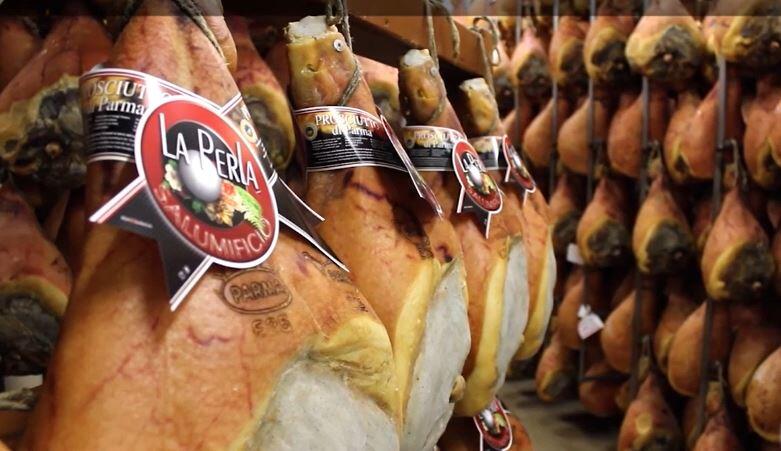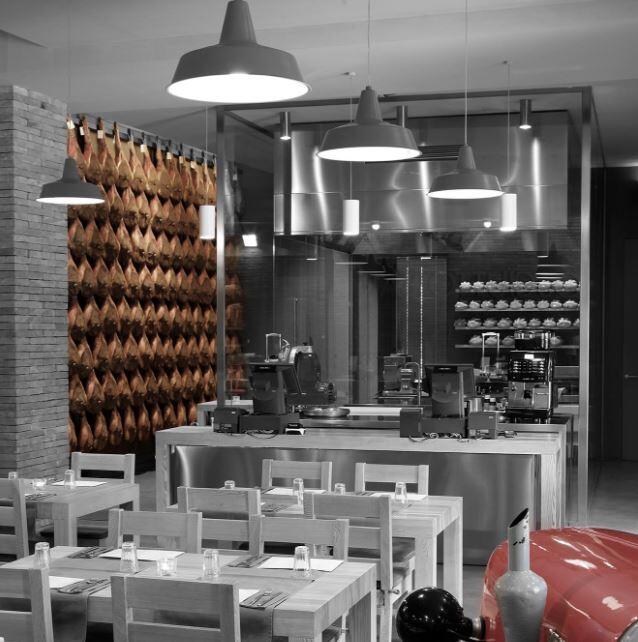Italy has long been a dream destination for many, featuring an abundance of stunning architecture, rich history, and diverse culinary delights that cater to every palate. While pizza and pasta are undoubtedly Italian food icons, the country also excels in the fine art of curing ham, with Parma ham holding its own as one of the finest meats globally. Parma, a city in Italy's Emilia-Romagna region, is renowned for its prosciutto di Parma, a delectable treat for food enthusiasts and travelers alike.
Unveiling the Secrets of Parma's Prosciutto: Top Ham Tours in the Heart of Italy
A visit to Parma offers the unique opportunity to explore and experience the intricate world of Italian cured meats through educational tours provided by many of the city's esteemed ham shops. These guided tours allow visitors to witness the entire process of creating these culinary masterpieces, from selecting and slicing the meat to curing, aging, and, ultimately, tasting the final product. Parma's ham shops are a must-visit destination for anyone seeking an authentic taste of Italian culture and gastronomy.
Savor the Flavors of Parma: A Journey Through Italy's Finest Prosciutto Experiences
In the following sections, we will introduce some of the best places to embark on a prosciutto tour in Parma. Each location offers a unique insight into the age-old tradition of Italian ham-making, revealing the secrets behind the exquisite flavors that have made prosciutto di Parma a beloved delicacy worldwide. Prepare to indulge in a gastronomic adventure that celebrates Italy's love for quality ingredients, time-honored techniques, and the pursuit of perfection in every bite.
Salumificio La Perla

Address: Localita Quinzano Sotto, 3, Parma, Italy
Opening Hours: Call ahead
Why Visit this place? :
La Perla a family-owned and operated establishment, warmly welcomes visitors to embark on a fascinating and personalized prosciutto tour. As you are guided through the process by passionate family members themselves, you'll have the opportunity to witness firsthand the intricate steps involved in crafting their exquisite hams. The dedication and love poured into their work are evident in every aspect of the business, ensuring that each product is made with the utmost care and precision.
The tour highlights La Perla's impressive production capabilities, with the facility churning out an astounding 60,000 hams annually. This number speaks to the high demand for their exceptional quality prosciutto di Parma, which has become a sought-after delicacy among food enthusiasts worldwide.
After exploring the inner workings of La Perla's ham-making process, guests are treated to a delightful meal showcasing their finest meats, accompanied by a selection of delectable cheeses and perfectly paired local wines. This gastronomic experience offers an unparalleled opportunity to indulge in the rich flavors of Italy's culinary heritage.
Prosciutto Bar Rosa dell'Angelo

Address: Via Per Parma 6, 43029, Traversetolo, Italy
Opening Hours: 9:00 AM - 3:00 PM
Why visit this place?
Prosciutto Bar is one of the unique places in the area since they have their own Biodiversity Park farm where they take their products from. They raise their pigs for the ham and cows for the cheese. And one might think that it's typical to have pigs and cows, but what makes this place unique are their black pigs and heirloom cow species which they are trying to save.
Aside from meeting the owners personally, you will also get to see how their products are made such as their 24 months Parma ham and their black pig ham. And of course, after the tour, you get to taste their delicious food paired with the best wines!
Salumificio Conti

Address:
Strada Fontana 2/A, 43013, Langhirano, Italy
Why Visit this place?
Conti is another family-owned business where family members show you the process of preparing their ham. Since it is family owned, you will feel the passion and warmth that they have for what they do. Just like other tours, here, you will see the process of how they prepare the ham from slicing the meat, salting it and until ageing. What makes this place stand out is their process of ageing the meats. What people are not aware of is that meats taste different throughout time. A ham aged for 12 months would feel different than a 24 month aged meat. And after the tour, guests will have the opportunity to have a taste and compare the feelings of hams that are aged differently.
Salumeria Gardoni

Address: Piazza Luigi Leoni 5, 43013 Torrechiara, Langhirano, Italy
Opening Hours: 8:30 AM - 12:30 PM, 3:30 PM - 7:30 PM
Why Visit this place? :
In this charcuterie store , you will get to have firsthand experience with a ham expert who is also the owner of the place. Everything you need to know about the preparation of Parma ham will be taught to you. And after learning all about ham, you get to have a lovely meal and taste the best ham this store has to offer.
These are the best prosciutto Places to Visit in Parma. If you happen to be around the area for a visit, make sure to reserve a tour around these stores so you would be able to see the beauty of preparing ham and would also get to taste the different kinds of meat!
Conclusion:
In conclusion, a visit to Parma, Italy, promises an unforgettable gastronomic adventure that goes beyond the iconic pizza and pasta dishes. The city's renowned prosciutto di Parma is a testament to Italy's dedication to perfecting the art of curing ham, offering food lovers the chance to explore and savor the complex flavors of this delectable meat. By embarking on a prosciutto tour in Parma, you can gain a deeper appreciation for the time-honored techniques and passion that go into crafting these culinary masterpieces. Don't miss out on this unique opportunity to discover the world of Italian cured meats and indulge in the finest prosciutto experiences that Parma has to offer.
